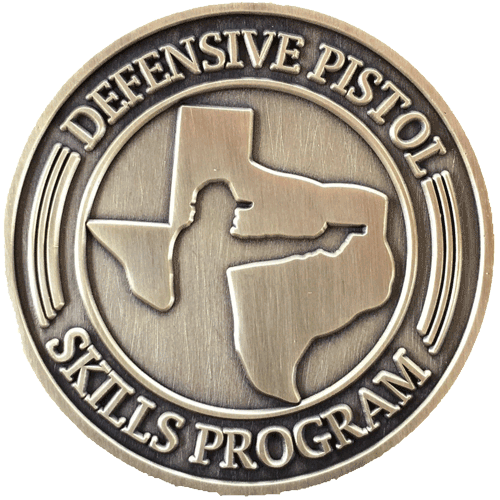Polite Society 2010 - Scenario 4
Scenario 4:
You have picked up your cousin from the airport. The last time you saw this cousin was 20 years ago, when you were dove hunting on grandpa's farm. You have swapped a few Facebook messages recently and you have invited your cousin to visit.
You stop at a restaurant to get something to eat. You are armed with both a snub revolver in your pocket, and a full size semi auto in a "Daytimer" (off-body carry).
That burrito you ate for lunch has been tormenting you all afternoon and just as you sit down you realize that you need to make yet another bathroom stop.
The test in this scenario was to assess how far an armed, trained person would be willing to go in order to protect a person in their "2nd circle" - someone that is not immediate family or a close friend. The scenario setup provided the good guy role player only with the information that his “cousin” was known to be safe and moderately skilled with a long gun.
For this scenario, the good guy was led to the designated bathroom area and seated in a chair to simulate the toilet, and a rope was tangled around ankles to simulate having their pants down. The good guy then hears shots and screaming coming from the front of the restaurant.
What the good guy does not see: a recently fired employee returns to the restaurant, enters the bar area and kills the manager and bartender (room one of the shoot house).
The bad guy then realizes he needs to kill the witnesses, so he proceeds to shoot everyone else he can see in the bar area and in the adjacent dining room (room two of the shoot house). When he runs out of ammo, he grabs the money from the cash register, runs out the door, jumps in his car, and heads for Mexico.
In roughly half of the scenarios, the good guy gave the cousin one of his guns; either the “Daytimer” with the semi auto, or the pocket snub. Because the active shooter started in the bar and not the dining room, the cousin seated in the dining room had a few seconds in which to react, find cover and draw a gun.
All of the “cousins”, armed and unarmed, were killed. In one scenario run, a malfunctioning Airsoft gun prevented an armed cousin from successfully returning fire. During the scenario runs in which an armed cousin fought back, their shots did not hit center-mass and at best only wounded the active shooter.
Only 2 of the good guys that started in the bathroom got to the fight in time to actually engage the active shooter, and both got shot in the exchange of fire. The others responses were varying combinations of slow and cautious and they reached the kill zone to find everyone dead and the shooter gone.
What was the right answer? For the good guy, the best result was to survive and not get shot. Those that were slow and/or cautious met that goal. Would the good guy (particularly those that left the cousin unarmed) have some degree of remorse for leaving the cousin unprotected? Possibly, but the good guys that moved quickly to the fight in an attempt to rescue the cousin and got shot as a result might have equal regrets about being shot and/or being killed.
This was a difficult scenario that had a low probability for a good outcome, where the armed cousin or the good guy engaged the active shooter without being shot, and where the highest-probability for a good outcome was that the good guy survived by missing the fight.
All Scenarios Lessons Learned:
1) Position (where you are relative to others, relative to exits, relative to cover) matters before, during and after the fight.
2) When it's time to fight,, draw and find cover as fast as you can.
3) When moving through a building toward danger in progress, go "deliberately fast" and not "panic fast". Once you arrive at the fight you can't back up, re-enter and get the element of surprise again. Those that worked the doorways properly and quickly did well. Those that ran out into rooms and halls had problems.
4) The skill to get fast, precise hits on partial targets from 2-5 yards is essential.

